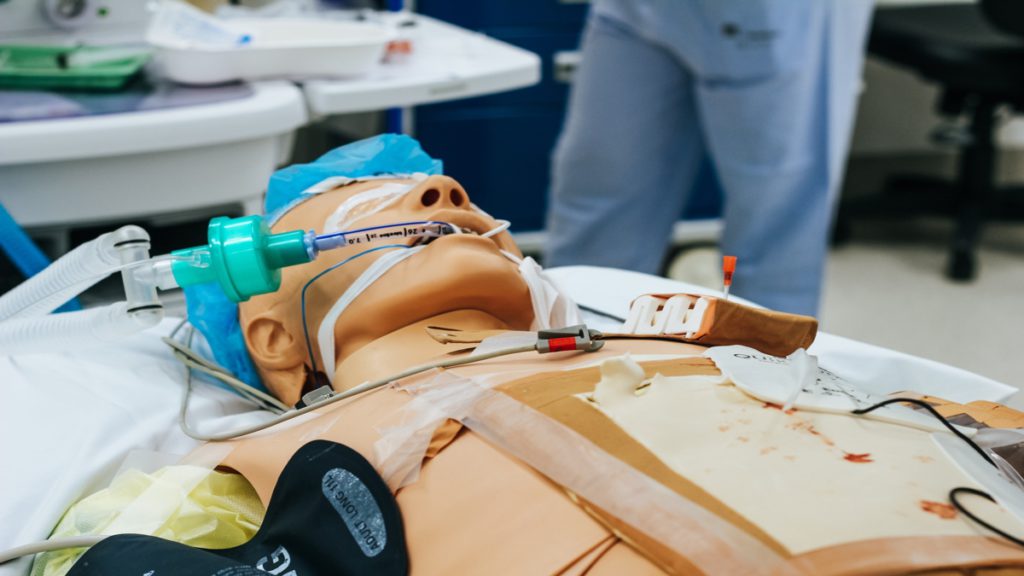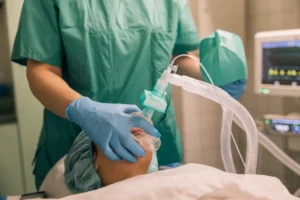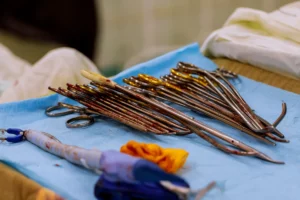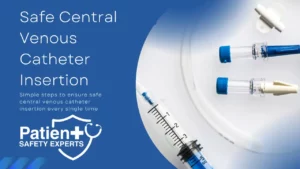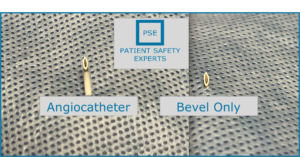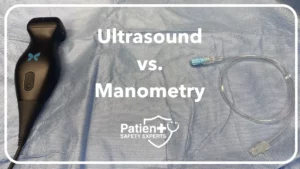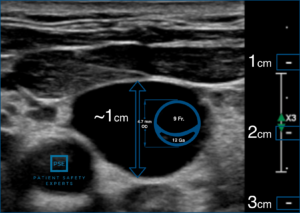As a patient safety expert, I find myself persuading my colleagues in operations to consider a different tack. It’s not that I don’t like lean operations. I detest waste and hate rework. The problem is the obsession with efficiency at all costs overlooks the purpose of the hospital. The modern hospital needs to become antifragile.
The modern hospital is a 24/7 facility that is expected to provide the same level of care regardless of the time of day. We owe it to our communities to have hospitals that not only survive stressors on the system but also become stronger as the result of stressors through learning systems.
I had read Antifragile: Things That Gain from Disorder by Nicholas Nassim Taleb years ago but recently I had heard more references to the book given all the challenges we have had in 2020.
In his book, Taleb discusses the concept of antifragility.
“Some things benefit from shocks; they thrive and grow when exposed to volatility, randomness, disorder, and stressors and love adventure, risk, and uncertainty. “Antifragility is beyond resilience or robustness. The resilient resists shocks and stays the same; the antifragile gets better.”
Nicholas Nassim Taleb
Upon rereading it, I was surprised to see how many of the concepts could be applied to building better, stronger health systems.
Our own bodies actually exhibit antifragile properties. When you lift weights, the small stressors and muscle tears heal to make the muscle stronger with time.
What are you doing to make your hospital antifragile? How are you building systems that are learning systems? Do your systems help your people thrive when they are exposed to volatility?
What steps can you take today?

